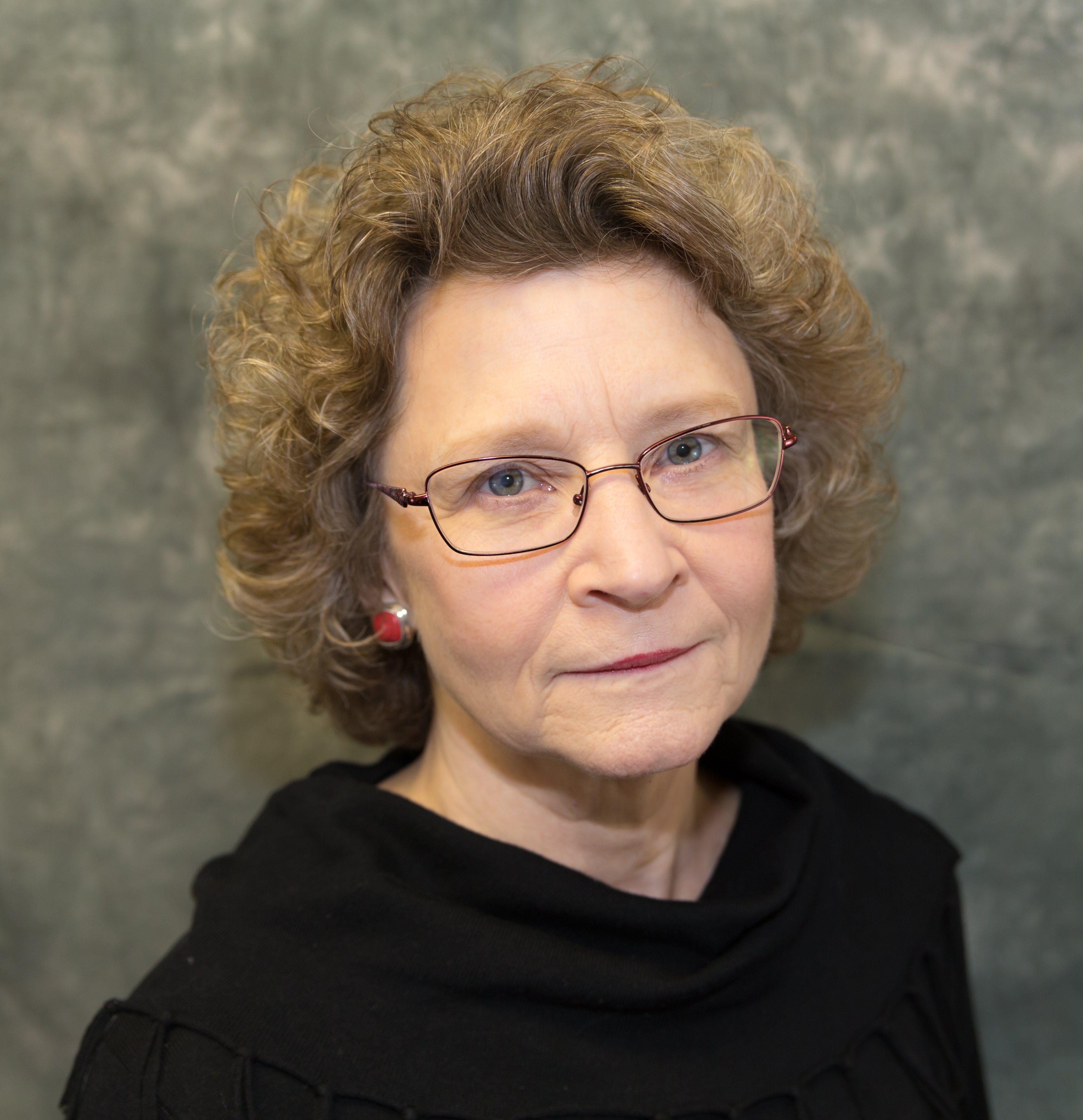I don’t know of any group or organization who does not have a goal to develop an environment that encompasses and values the differences between people. There is no doubt that organizations see the value in having a diverse group of employees. But diversity is more than just appearance. Olivia Folick points out, “70% of companies believe they are effective at attracting and retaining diverse employees, yet only 11% actually understood what it is.” In writing this article, I hope you will begin to recognize that the appearance of being diverse is just the beginning. Inclusiveness is a must. Verna Myers, founder and president of Verna Myers Consulting Group, described it well:
“Diversity is being invited to the party; inclusion is being asked to dance.” (Cho, 2016)
Definitions
It’s important to distinguish the difference between diversity and inclusion.

Diversity
Diversity is the range of human differences that includes, but is not limited to, race, ethnicity, gender, gender identity, sexual orientation, age, social class, physical abilities or attributes, religion or value systems, national origin and/or political beliefs.
Inclusion
Inclusion is the involvement and empowerment of all people based on the recognition that everyone is inherently worthy of being treated with respect and dignity.
Understanding inclusion
In considering inclusiveness, it is important to recognize that unconscious bias does exist. Unconscious bias is when our brain, habitually, makes up stories/conclusions before we really know anything about the situation or those involved. It is making associations based on what we habitually believe go together following years of conditioning.
For example—seeing someone who is overweight and automatically assuming they are lazy without knowing the true nature of that person’s reality and/or condition. And then add any assumptions based on the person’s gender, ethnicity, social economic class, physical ability or attributes. Our brains are designed to draw conclusions and make comparisons even if we don’t have all of the necessary information. Unconscious bias happens within every one of us.
Paolo Gaudiano writes that organizations should put more focus on inclusion rather than on diversity as focusing only on diversity has its pitfalls. He says inclusion is not fully recognized until there are situations involving exclusion. Gaudiano believes that diversity alone forces people to be “labeled” and “classified” resulting in being “stereotyped.” In his research he has come to believe that diversity only puts an emphasis on “difference rather that commonalities.”
What might inclusion look like?
Gaudiano suggests developing a task force representing everyone in the organization. One of the tasks of this group is to develop a questionnaire with a list of “incidents of exclusion” and ask people to indicate whether and how often they have experienced certain types of exclusion. In his article he draws on the analogy between inclusion and healthcare whereby the patient is asked questions specific to their health. The importance of the analogy is that the patient is not given a blank sheet to list their health issues but rather is asked to rate on a scale of one to ten, their experience with different health-related issues.
Peggy Yu uses the Merriam-Webster definition of inclusive, “the act of including; the state of being included” to point out the simplicity of this definition and yet how complicated it is to be an inclusive organization. This is not only because of the number of different “affinity groups” that can exist but also how to “discover, fulfill and include each affinity group’s unique needs” while still meeting the goals of the organization. In her role as COO of Startup Institute, she took the opportunity to ask students and alumni what inclusion would look like and how it could be built. As complicated as the question seems, responses were very straight forward:
- Provide gender-neutral bathrooms
- Provide nursing rooms for mothers
- Use gender neutral language throughout company benefits and policies
- Provide non-alcoholic beverages at company events
- Executives and top management should reflect the diversity the organization seeks. “Inclusivity happens organically when you have diversity at the top of the organization.”
- Make available tampons and pads in the bathrooms
- Provide a “no-talking” space to disconnect
- Acknowledge all religious and cultural holidays celebrated by the employees.
- Provide more than the written word. “Policy is important for legal protections, but daily actions, unconscious and conscious, cultivate the everyday experience of the employees.”
- Know what you don’t know and ask, “From people coming in with different ideas around humor and what’s deemed offensive, to what kind of physical contact signifies respect versus harassment.” Seeing and hearing different perspectives is not only inclusive but also enriching.
Organizations should consider inclusion awareness as part of their on-boarding process and continue to reinforce it through ongoing training and education until it becomes part of the overall culture.
It is impossible to go through our day without seeing or hearing about issues related to diversity. I must wonder what would happen if we all, myself included, made a more conscious effort to become aware of our biases and begin to think and act in a manner that is more inclusive.
We Can Help
As part of your EAP, you have access to counseling sessions for issues impacting both your work and life. Leadership, managers and supervisors also have access to over the phone supervisory consultations with a VITAL WorkLife Senior Consultant to process, discuss and plan for any situation that may be impacting your organization or work group. Your Member Site also has a wealth of resources available on diversity and inclusion. To access your EAP resources, contact us at 800.383.1908 or through your VITAL WorkLife App.
Not a Member?
Contact us to learn more about our resources and how they can support employee well being.
Sources:
Folick, O. (2019, August 15) https://ideal.com/diversity-and-inclusiveness
Cho, J. (2016, May 25) “Diversity is being invited to the party; inclusion is being asked to dance,” Verna Myers tells Cleveland Bar, Cleveland Business News
Gaudiano, P. (2019, January 22) “Eight Reasons Why We Need to Focus on Inclusion Rather Than Diversity”. Forbes
Gaudiano, P. (2019, April 23) “Inclusion Is Invisible: How to Measure It”. Forbes
Yu, P. (2018, January 17) “What Should Inclusion Really Look Like in The Workplace”. Forbes
Further Reading
- Gaudiano, P. (2019, April 29) “Inclusion is Invisible: What You Should Measure.” Forbes.
- Siegman, K. (2019, March 26) “Diversity and Inclusion: Diversity Isn’t Enough-Why Inclusion Must be an Equal Priority.” Los Angeles Business Journal.
- Interview by Authority Magazine (2019, July 19). https://thriveglobal.com/stories/how-to-create-a-fantastic-work-culture-learning-to-embrace-inclusion-in-your-personal-life-will-make-it-much-more-natural-to-be-inclusive-in-the-workplace-with-paolo-gaudiano-and-chaya-weiner


